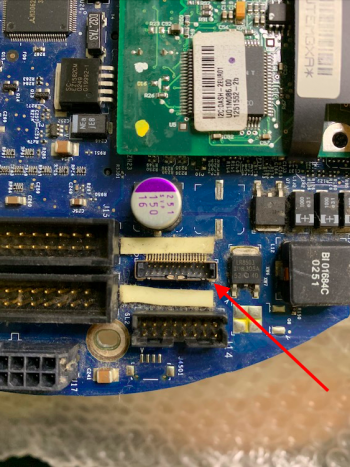Got a tip for us?
Let us know
Become a MacRumors Supporter for $50/year with no ads, ability to filter front page stories, and private forums.
iMac G4 Board level repair
- Thread starter yakult121
- Start date
-
- Tags
- imac g4
- Sort by reaction score



